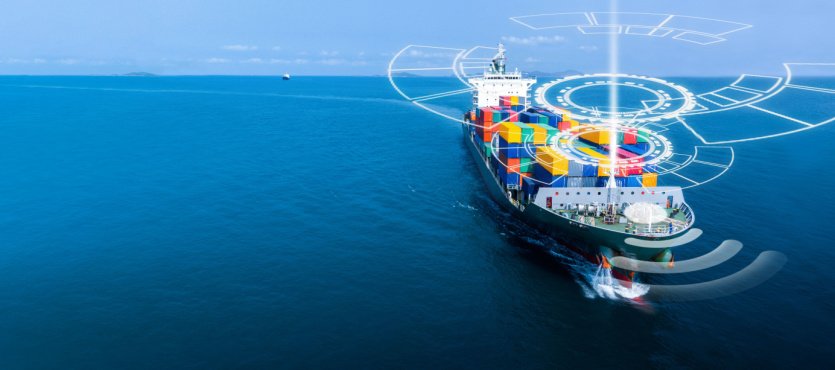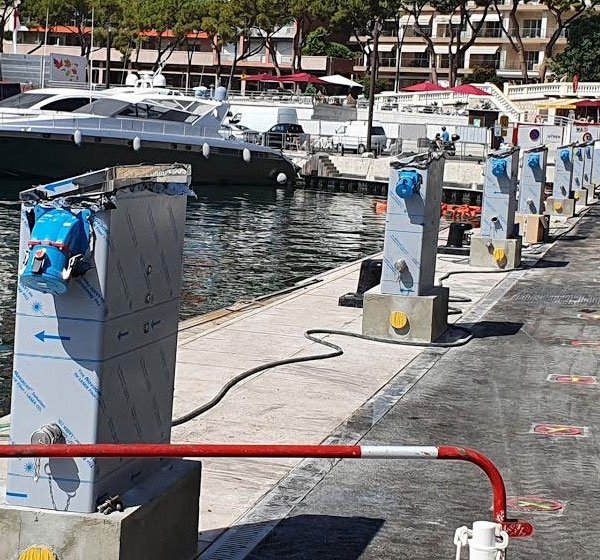
Introduction
The maritime industry is a cornerstone of global trade, facilitating the transportation of goods across the world’s oceans. However, shipping activities significantly impact marine ecosystems, contributing to pollution, noise, and the spread of invasive species. Understanding these impacts is crucial for developing sustainable practices that protect marine biodiversity.
Contents
- Introduction
- Impact of Shipping on Marine Ecosystems
- Ballast Water Management and Regulations
- Pollution from Shipping
- Noise Pollution
- Invasive Species
- Mitigation Measures and Solutions
- Conclusion
- References
1. Introduction
The maritime industry is essential for global commerce, yet it poses significant risks to marine ecosystems. This article explores these impacts, particularly focusing on ballast water management, pollution, noise pollution, invasive species, and regulatory measures to mitigate these effects.
2. Impact of Shipping on Marine Ecosystems
Habitat Destruction
Shipping activities can physically alter marine habitats. Anchoring, dredging, and port construction can destroy coral reefs, seagrass beds, and other sensitive marine habitats, leading to loss of biodiversity.
Chemical Pollution
Shipping contributes to chemical pollution through oil spills, ballast water discharge, and the release of hazardous substances. These pollutants can have long-term detrimental effects on marine life, including bioaccumulation of toxins in the food chain.
Air Pollution
Ships emit large amounts of sulphur oxides (SOx), nitrogen oxides (NOx), and particulate matter, contributing to air pollution. These emissions can lead to acid rain, which negatively affects marine and terrestrial ecosystems.
3. Ballast Water Management and Regulations
Importance of Ballast Water
Ballast water is essential for maintaining the stability and balance of ships during transit. However, it can also introduce invasive species to new environments, disrupting local ecosystems.
Regulations
The International Maritime Organization (IMO) has implemented the Ballast Water Management Convention (BWMC), which mandates ships to treat their ballast water before discharging it. This regulation aims to prevent the spread of invasive species by ensuring that harmful aquatic organisms are removed or neutralized.
4. Pollution from Shipping
Oil Spills
Oil spills from tankers and other vessels can have catastrophic effects on marine life, coating animals and habitats in toxic oil. Major oil spills, such as the Exxon Valdez and Deepwater Horizon incidents, have caused long-lasting environmental damage.
Waste Disposal
Improper disposal of ship-generated waste, including plastics, sewage, and hazardous materials, contributes to marine pollution. Plastic waste is particularly harmful as it can persist in the environment for centuries, posing a threat to marine animals that ingest or become entangled in it.
5. Noise Pollution
Sources of Noise
Shipping contributes to underwater noise pollution through engine vibrations, propeller cavitation, and the use of sonar. This noise can interfere with the communication, navigation, and feeding behaviours of marine animals, particularly cetaceans like whales and dolphins.
Impacts
Noise pollution can cause stress, hearing loss, and disorientation in marine animals. In severe cases, it can lead to strangling’s and death.
6. Invasive Species
Introduction through Ballast Water
Invasive species are often introduced to new environments via ballast water discharge. These species can outcompete native organisms, disrupt food webs, and alter habitats.
Case Study: Zebra Mussel
The zebra mussel (Dreissena polymorpha) was introduced to North America through ballast water discharge from ships originating in Europe. Since their introduction in the late 1980s, zebra mussels have spread rapidly throughout the Great Lakes and other inland waterways.
Issues Caused:
- Ecological Impact: Zebra mussels filter large volumes of water, removing significant amounts of plankton, which disrupts the food web and negatively impacts native species, including fish populations.
- Economic Impact: Zebra mussels clog water intake pipes at power plants and water treatment facilities, leading to increased maintenance costs. They also damage boats, docks, and other infrastructure.
- Biodiversity Loss: By outcompeting native species for food and habitat, zebra mussels have caused declines in native mussel populations and other aquatic organisms.
7. Mitigation Measures and Solutions
Ballast Water Treatment Systems
Modern ballast water treatment systems use filtration, UV radiation, and chemical treatments to remove or neutralize harmful organisms before discharge.
Emission Control Areas (ECAs)
Designated Emission Control Areas (ECAs) enforce stricter emission standards for ships, reducing the release of harmful pollutants into the atmosphere and oceans.
Noise Reduction Technologies
Technologies such as quieter hull designs, propeller modifications, and the use of low-noise machinery can reduce the impact of underwater noise pollution.
Sustainable Practices
Adopting sustainable practices, such as slow steaming (reducing ship speeds to lower fuel consumption and emissions) and proper waste management, can significantly mitigate the environmental impact of shipping.
8. Conclusion
The maritime industry’s impact on marine ecosystems is significant but can be managed through effective regulations, innovative technologies, and sustainable practices. By understanding and addressing these impacts, the maritime industry can contribute to the preservation of marine biodiversity while continuing to support global trade.
9. References
- International Maritime Organization (IMO): IMO
- Ballast Water Management Convention: BWMC
- Environmental Protection Agency (EPA): EPA
- National Oceanic and Atmospheric Administration (NOAA): NOAA
- World Wildlife Fund (WWF): WWF
For further details and in-depth articles on maritime topics, visit MaritimeHub.com.
By implementing the discussed measures and maintaining strict regulatory compliance, the maritime industry can minimize its ecological footprint and ensure the health and sustainability of marine ecosystems.



